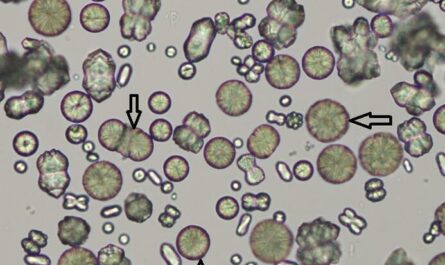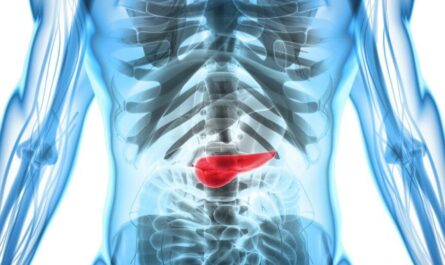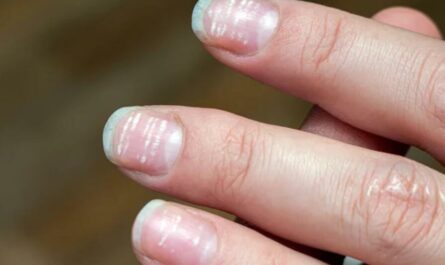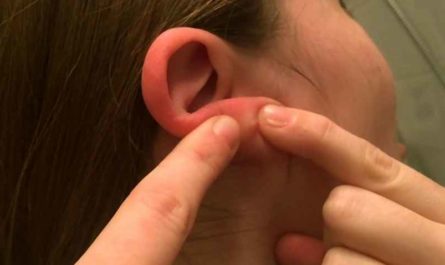Leukocyte esterase is an enzyme that is produced by white blood cells known as leukocytes. It plays an important role in the human immune system response. When an infection or inflammation occurs, leukocytes will release leukocyte esterase into the bloodstream and other areas of the body.
The main role of leukocyte esterase is to help leukocytes carry out their function. Leukocytes, which include neutrophils, lymphocytes, monocytes, eosinophils, and basophils. They are responsible for protecting the body from infection and disease. Leukocyte esterase assists with destroying the structural integrity of bacterial and other pathogen cell walls. This leads to their eventual death and aids the body in fighting infection.
One place where leukocyte esterase usually ends up is in the urine. This enzyme’s presence serves as a useful biomarker that can signal urinary tract issues. When the level of leukocyte esterase is higher than normal in a urine sample, it often indicates an underlying condition that has triggered the immune system.
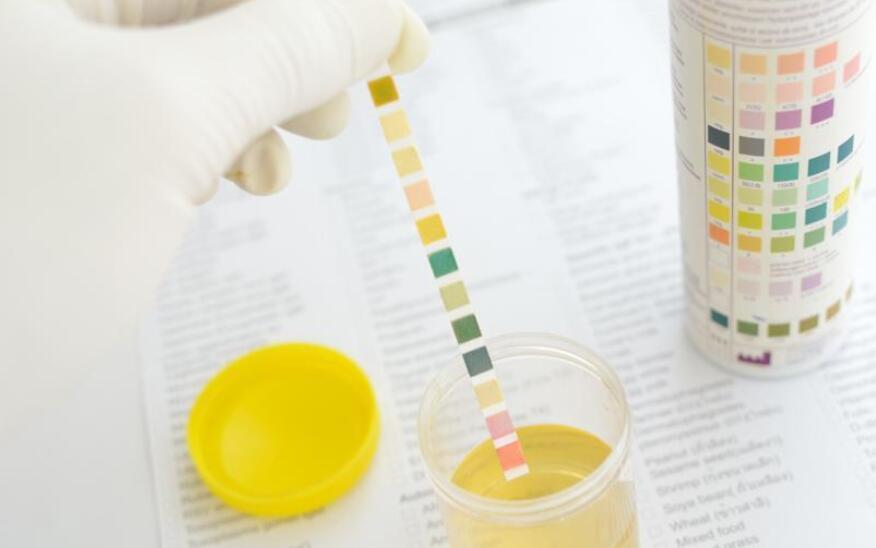
Symptoms of High Leukocyte Esterase
When leukocyte esterase is elevated due to an infection or inflammatory condition, certain signs and symptoms often arise. Being aware of these common symptoms can help prompt people to seek medical evaluation and proper treatment:
- Pain or Burning During Urination: Also called dysuria, this is pain or a stinging sensation when trying to urinate. It is one of the hallmark symptoms of a UTI, usually stemming from inflammation in the urethra and bladder. The urine itself can irritate the inflamed tissues when it passes through.
- Increased Urinary Frequency and Urgency: People with a UTI often feel like they need to urinate more frequently, yet when they try, only small amounts come out. There is a constant urge (urgency) to urinate due to inflammation sending signals to the brain through the nervous system.
- Cloudy, foul-smelling, or Bloody Urine: Changes in urine appearance can indicate infection or inflammation. Cloudy urine suggests excess bacteria, white blood cells, or debris. Bad-smelling urine may be caused by concentrated bacteria increasing ammonia levels. Blood in the urine (hematuria) could stem from bleeding in the kidneys or urethra.
- Pelvic Pain or Pain in Lower Back: Pelvic pain or achiness indicates inflammation around the bladder, ureters, uterus, or prostate. Lower back pain, especially on one side, can mean a kidney infection is present. This flank pain occurs as swelling causes kidney distension.
- Fever, Chills, and Malaise: Systemic signs of infection like fever, sweats, chills, muscle aches, nausea, and fatigue are common if the infection spreads to the kidney or bloodstream. This is more likely with pyelonephritis or urosepsis.
- Incontinence or Leakage of Urine: Some people lose control over their bladder as a UTI symptom, leading to accidental leakage of small amounts of urine (incontinence). The inflammation makes it harder for the bladder to fully empty and hold urine normally.
What Causes Leukocyte Esterase Levels to Rise?
There are several possible underlying causes for increased levels of leukocyte esterase showing up in urinalysis results:
1. Urinary Tract Infections
The most common reason for elevated leukocyte esterase is due to urinary tract infections, shortened as UTIs. These infections occur when bacteria, most often from the digestive tract, get into the urinary system and begin to multiply.
Common UTI-causing pathogens include Escherichia coli (E. coli), Klebsiella species, Proteus species, and Enterococcus species. The immune system responds by sending leukocytes to the site of infection, where they release leukocyte esterase as part of the process of breaking down the bacteria.
2. Kidney Infections
Also referred to as pyelonephritis, kidney infections develop when bacteria travel from the bladder up to the kidneys themselves. Here they provoke a significant immune response as the body fights the infection, including increased leukocytes with elevated leukocyte esterase levels. Kidney infections are considered a complication of untreated lower urinary tract infections.
3. Bladder Infections
Bladder infections, medically termed cystitis, occur when bacteria infect the bladder but do not spread to other parts of the urinary tract.
This localized infection triggers inflammation as the bladder’s mucosal lining becomes irritated and swollen. White blood cells rush to the area, releasing leukocyte esterase as they attempt to rid the bladder of pathogens.
4. Prostatitis
In men, the prostate gland can become inflamed and infected, known as acute or chronic prostatitis. This frequently shows up as having higher leukocyte esterase readings on a urinalysis. The immune system responds to the infected prostate tissue by activating leukocytes.
5. Kidney Stones
Kidney stones are crystallized mineral deposits that form in the kidneys. They can cause damage and bleeding and often become infected. White blood cells will be sent to deal with the kidney stone, releasing leukocyte esterase as they are activated. Very painful kidney stone episodes can be associated with increased leukocyte esterase.
6. Interstitial Cystitis
This chronic bladder condition is believed to be caused by a defect in the bladder lining’s protective mucous coating. This allows toxic substances in the urine to irritate the bladder walls, causing scar tissue, inflammation, and ulcerations. Chronic inflammation can cause an elevated amount of leukocyte esterase even without active infection.
7. Chemical Irritation
Exposure to certain chemicals, toxins, or radiation therapy can cause inflammation and irritation of the bladder, ureters, or urethra. Examples include chemotherapy medications, products like spermicides or feminine hygiene sprays, and urinary catheters. The inflammation triggers increased leukocytes and leukocyte esterase.
8. Urinary Tract Tumors
Both cancerous and non-cancerous urinary tract tumors can provoke inflammation, irritation, and bleeding. As the body reacts, more leukocyte esterase will be released as leukocytes are recruited to the site of the tumor.
9. Other Diseases
Certain diseases that directly affect white blood cell counts in the body can result in increased leukocyte esterase in the urine. These include leukemia, which causes abnormal overproduction of white blood cells, and kidney failure, which allows leukocyte esterase to leak into the urine rather than being reabsorbed.
How Doctors Diagnose High Leukocyte Esterase
When elevated leukocyte esterase is detected on a urine dipstick or basic urinalysis, doctors can use other tests to confirm infection or inflammation and pinpoint the underlying cause:
- Microscopic Urinalysis: A trained technician will examine a urine sample under a microscope, looking for increased leukocytes, bacteria, and other abnormalities. An unusually high amount of leukocytes strongly suggests a UTI or inflammatory condition is present.
- Urine Culture: This test grows a urine sample in a special medium overnight to identify the specific type of bacteria present and determine which antibiotic would work best. A urine culture is needed to officially diagnose a UTI, rather than just suspected inflammation.
- Cystoscopy: A small, flexible camera is threaded through the urethra to the bladder, allowing doctors to visually inspect the urethra and bladder wall. Inflammation, tumors, stones, and other issues can be detected.
- Imaging Studies: Ultrasounds, CT scans, or MRIs can provide detailed views of the urinary tract. Doctors look for any obstructural abnormalities, tumors, kidney stones, or damage that could be provoking increased leukocyte esterase.
- Complete Blood Count: This common blood test determines if an infection has caused an elevated white blood cell count. With serious kidney infections, neutrophilia (high neutrophils) and leukocytosis (high white blood cells overall) are expected.
- Blood Cultures: If bacteria have spread to the bloodstream, causing urosepsis, blood cultures can isolate the pathogens. Positive blood cultures confirm a severe infection is present.
- Urinary Tract Endoscopy: Cystoscopy was described before, but other endoscopic procedures include ureteroscopy to examine the ureters and nephroscopy to view inside the kidneys. Endoscopy often includes biopsies of abnormal tissue.
- Antibody Testing: Some specific UTIs like chlamydia and mycoplasma can be confirmed through antibody tests detecting the body’s immune reaction. Helpful when the bacteria are difficult to culture.
Elevated Leukocyte Esterase in Urine Treatment
1. Antibiotics
- Bacterial UTIs are treated with antibiotics, usually taken by mouth for 3-7 days. Amoxicillin, ciprofloxacin, nitrofurantoin, cephalexin, and sulfamethoxazole-trimethoprim are common choices.
- For recurrent UTIs, an extended course of 6 to 12 weeks may be prescribed. Low-dose antibiotics are given to prevent infection recurrence.
- Kidney infections or urosepsis require hospitalization for intravenous (IV) antibiotics. IV antibiotics can treat severe systemic illness more efficiently.
- Some bacteria have developed antibiotic resistance. Cultures help determine which drugs will be effective.
2. Medications for Symptom Relief
- Phenazopyridine is a urinary analgesic that can help reduce the pain and discomfort associated with UTI inflammation.
- Ibuprofen is an anti-inflammatory that also relieves UTI pain and can lower fever. Acetaminophen relieves pain but not inflammation.
- Alpha-blockers like tamsulosin are prescribed to aid urination in men with bladder emptying trouble due to an enlarged prostate. This helps prevent urinary retention which allows bacteria buildup.
3. Lifestyle Changes
- Drink diluted cranberry juice and lots of water to flush bacteria out. Cranberries contain compounds that make it harder for bacteria to adhere to the bladder.
- Take showers instead of baths to avoid exposing the genital area to excess bacteria. Wipe from front to back after using the toilet.
- Urinate often and do not try to hold urine for prolonged periods. Holding urine allows bacterial proliferation.
- Take probiotic supplements to replenish healthy bacteria in the urinary tract and prevent pathogen overgrowth.
- Wear loose-fitting, cotton underwear and avoid tight pants or pantyhose that trap heat and moisture. Yeast thrives in this environment.
- Practice safe sexual activity by urinating before and after intercourse. Take preventative antibiotics if UTIs are associated with sex.
How to Prevent Elevated Leukocyte Esterase in Urine
There are some beneficial at-home therapies and lifestyle changes people can try to help resolve an infection faster or prevent recurrent UTIs:
- Increase Fluid Intake: Drinking 6-8 glasses of water daily dilutes urine, flushing bacteria out to decrease infection. Focus on water, diluted juices, herbal tea, kefir drinks, and broths.
- Take Cranberry Supplements: Cranberry’s active ingredients prevent bacteria from adhering to the bladder walls, limiting their ability to cause infection. Take cranberry concentrate pills for a concentrated dose.
- Wipe Front to Back: Always wipe from front to back after using the bathroom to avoid spreading bacteria from the bowel to the urinary tract. This is especially key for women.
- Urinate Before and After Sex: Empty the bladder before and after sexual activity to flush out any bacteria that may have been introduced. This helps prevent post-coital UTIs.
- Consider Probiotics: Consuming probiotic supplements, especially Lactobacillus strains, helps maintain a healthy bacterial balance in the urinary and vaginal areas to crowd out bad bacteria.
- Avoid Irritants: Switch out soaps, bubble baths, douches, feminine hygiene sprays, and scented pads or tampons that contain chemicals that may irritate the urethra.
- Take Over-the-Counter Pain Relievers: Ibuprofen, naproxen, or phenazopyridine can help relieve urethral burning, bladder spasms, and other UTI discomfort. Follow dosage instructions.
- Apply Heating Pads: Placing a heating pad on the abdomen, lower back, or perineal area can help relax tense pelvic floor muscles and bring relief from cramping and pain.
When to See a Doctor?
Seek emergency medical treatment without delay if any of the following symptoms emerge:
- Fever is higher than 102°F, or fever does not respond to over-the-counter medications.
- Lower back pain is severe, located in the flanks, and possibly radiating around to the groin area.
- Excessive vomiting occurs, making it difficult to keep down any fluids or medications.
- Urine output significantly decreases, or you cannot pass any urine at all.
- Blood is visible in urine, or urine appears brown, indicating kidney injury.
- Mental status changes like confusion, lethargy, or agitation occur.
- Shaking, chills, clammy skin, or breathing problems develop, suggesting urosepsis.
These red flag symptoms indicate a kidney infection is progressing rapidly or has already spread systemically via the bloodstream. Swift emergency treatment is vital to prevent permanent kidney damage, life-threatening sepsis, or other complications.
At-risk groups like the elderly, pregnant women, diabetics, transplant recipients, and those with a weakened immune system should also seek emergency care for severe UTI symptoms.


